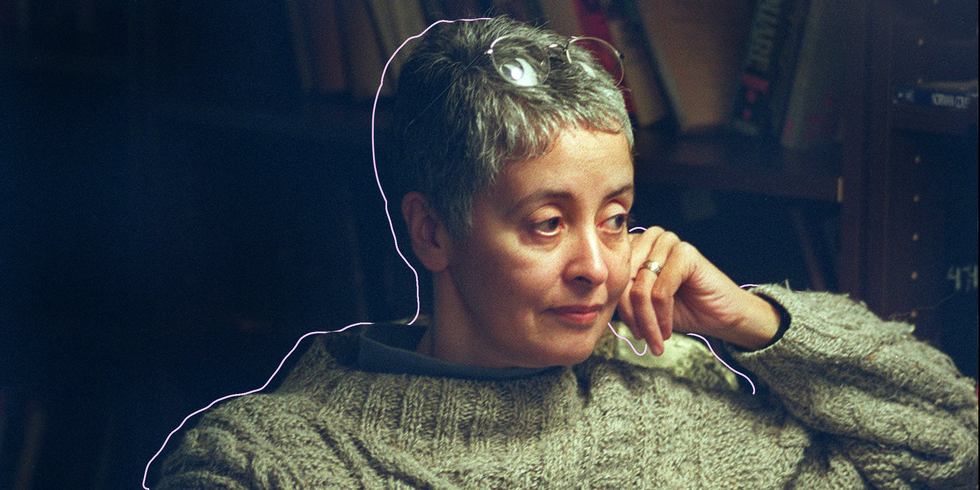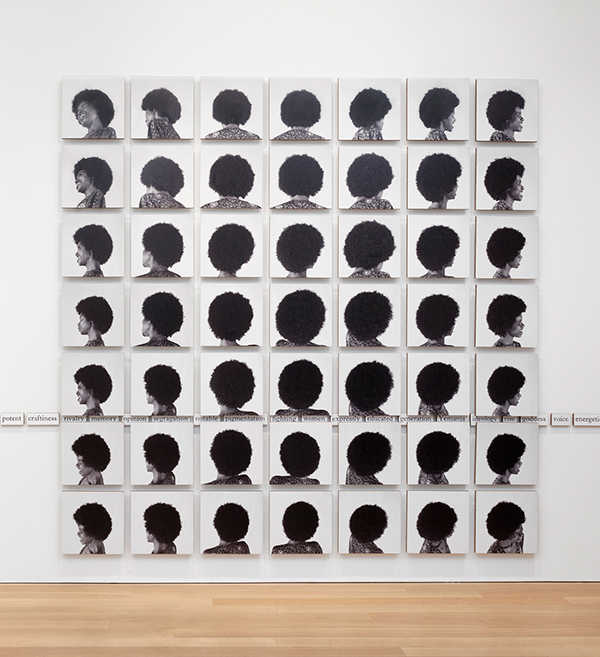The Bi-Racial Artist Using White-Passing Characters to Talk About BlacknessPosted in Articles, Arts, Media Archive, Passing, United States on 2018-06-08 02:42Z by Steven |
The Bi-Racial Artist Using White-Passing Characters to Talk About Blackness
Sleek
2018-06-07
Harriet Shepherd, Junior Editor
 Drive-By, Side-Eye, 2016 © Genevieve Gaignard, courtesy of the artist and Shulamit Nazarian, Los Angeles |
Genevieve Gaignard uses American stereotypes and comfortable settings to confront uncomfortable issues surrounding race and identity.
American artist Genevieve Gaignard is a homebody. Not in the sense that she’s confined to the couch every Friday night, but rather that she’s infatuated with domestic spaces. “I’ve always had this fascination with what people surround themselves with in their homes,” she tells SLEEK. It’s a theme that’s been a constant in her work since she threw in the towel at cookery school and headed down a fine art path. From the panoramic interiors she lensed for her Yale application, to the carefully curated domestic installations that made up her solo show, Smell the Roses, at the Californian African American Museum earlier this year, to the household-centric creations currently on display at the Stephen Friedman Gallery in London — home is where Gaignard’s heart is.
Though she’s what you’d call a multidisciplinary artist, it’s Gaignard’s photography that’s earned her such widespread attention. Known for turning the lens on herself, Gaignard’s Cindy Sherman-esque self-portraits occupy a complex realm where class, race and gender intersect, seeing the artist assume caricatured roles that toy with her own bi-racial identity and the way that blackness and whiteness is perceived. And the home, more often than not, provides the comfortable backdrop for Gaignard’s more uncomfortable subject matter…
Read the entire article here.








